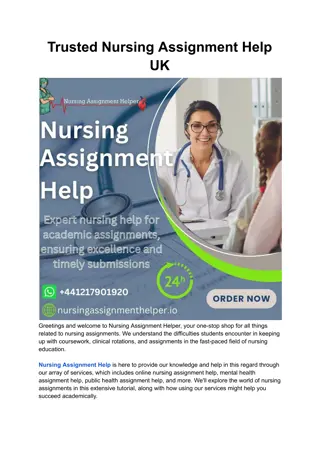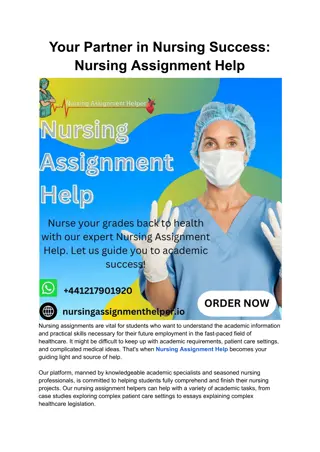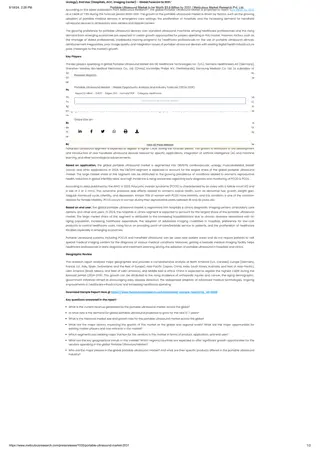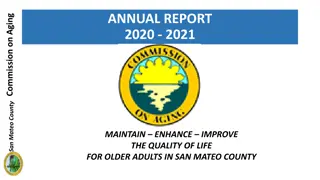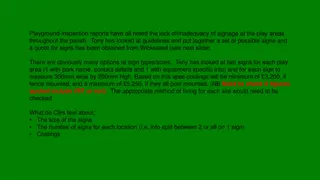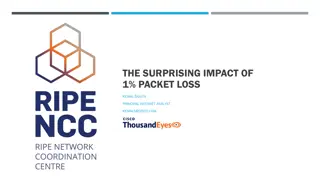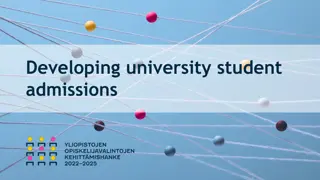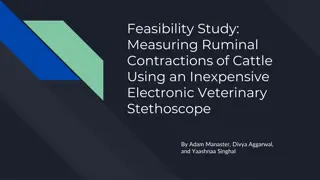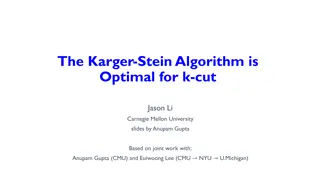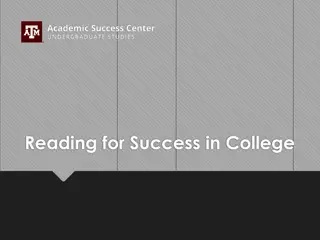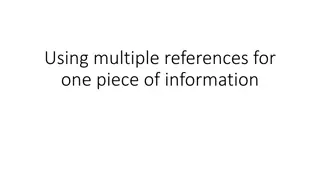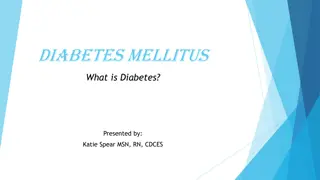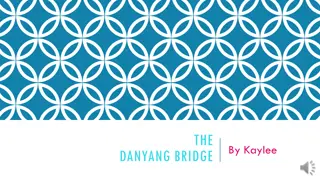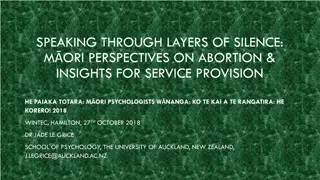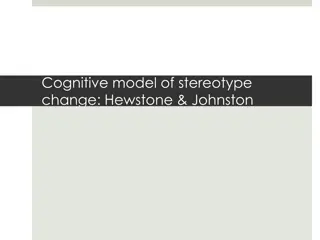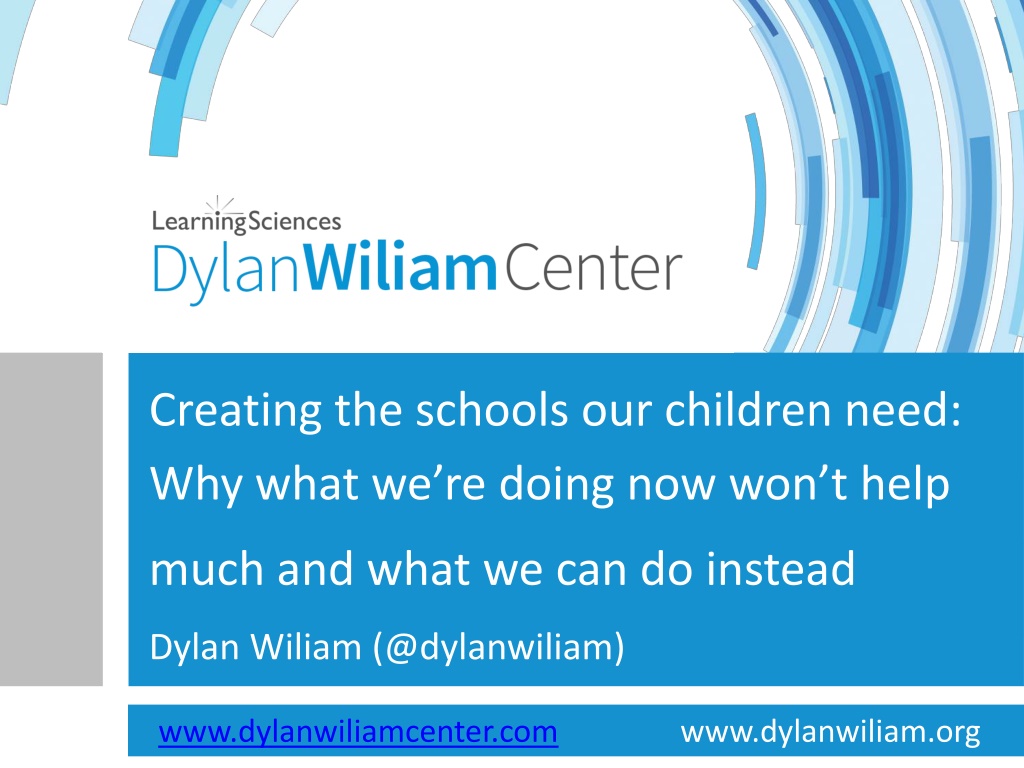
Transforming Education for Future Success
Explore the challenges facing our current education system and discover actionable steps to enhance learning outcomes. From improving student achievement levels to adopting research-based strategies, this insightful content delves into the critical changes needed to create the schools our children truly need.
Download Presentation

Please find below an Image/Link to download the presentation.
The content on the website is provided AS IS for your information and personal use only. It may not be sold, licensed, or shared on other websites without obtaining consent from the author. Download presentation by click this link. If you encounter any issues during the download, it is possible that the publisher has removed the file from their server.
E N D
Presentation Transcript
Creating the schools our children need: Why what we re doing now won t help much and what we can do instead Dylan Wiliam (@dylanwiliam) www.dylanwiliamcenter.com www.dylanwiliam.org
Outline 2 Why we need to improve education What we re doing right now What we can do instead
UK scores on PISA 2000 to 2018 Reading Mathematics Science Average 540 520 500 480 460 2000 2003 2006 2009 2012 2015 2018
Why we need to raise achievement 4 UK students leaving school without basic levels of achievement in: Reading: 17% Mathematics: 19% Science: 17% In advanced economies, over the next 20 to 30 years 25% to 35% of jobs could be offshored About half the work being done right now could be done by machines with existing technology OECD (2017); Blinder (2011); Frey & Osborne, 2013; McKinsey (2015)
5 What we re doing right now (and why it won t help much)
What were doing right now 6 Getting smarter people into teaching Firing bad teachers Paying good teachers more Reducing class size Expanding school choice Copying other countries
7 What we can do instead
Learning from research 8 Four questions we should be asking Does this solve a problem we have? How much will this improve learning? How much will it cost (in money and time)? Will it work here?
9 A knowledge-rich curriculum
Copy this 10
Countdown game 11 Target number: 127 3 25 1 9 4
Memorization of spoken digits 12 500 400 World record for the memorization of single digits, spoken at the rate of one per second 300 200 100 0 1900 1920 1940 1960 1980 2000 2020 World Memory Statistics (2015)
Memory in chess 13 Studies of memory in chess Djakow, Petrovskij, and Rudik (1927) Adriaan De Groot (1946) Chase and Simon (1973)
Perception in chess 14 Three chess players were shown a chess board for five seconds, and then asked to reproduce what they had seen. Two scenarios Middle game (30 to 40 moves in, 25 pieces on board) End game (80 moves in, 12 to 15 pieces on board)
Memory in chess (1) 15 Player level Number of pieces correctly placed Mid-game Novice Club player Expert 5 9 16 Player level Number of pieces correctly placed Random Novice Club player Expert 2 3 3
Memory in chess (2) 16 Player level Number of pieces correctly placed End game Novice Club player Expert 4 7 8 Attempts to simulate the performance of the expert chess player with computers suggest that the expert can recognize at least 10,000 but probably fewer than 100,000 different arrangements of chess pieces or chunks, with a most likely value around 13,500 (Simon & Gilmartin, 1973)
A model of human memory 17 Short-term memory Long-term memory Environment Limited Limitless
Domain knowledge and memory 18 3rd (N=64), 5th (N=67) and 7th (N=54) grade students from Heidelberg, Germany, tested on reading expertise and football knowledge 13-item questionnaire on football knowledge standardized reading comprehension test Students heard (twice) and read a well-structured readable story on a young player s experiences in a football game Tested 15 minutes later with a cloze version of the test with 20 blanks
17.0 17.0 16.4 16.4 11.1 11.1 11.0 11.0 Schneider, K rkel, and Wiener (1989)
What is learning? 20 Learning is a change in long-term memory (Kirschner, Sweller, & Clark, 2016 p. 77) The aim of all instruction is to alter long-term memory. If nothing has changed in long-term memory, nothing has been learned. (ibid p. 77) Novices need to use thinking skills. Experts use knowledge (Sweller et al., 2011 p. 21)
Why curriculum matters 21 Myths about curriculum Knowledge isn t important ( You can always Google it ) Students should be involved in authentic tasks We should be teaching skills, not content Responding to students interests closes achievement gaps What is the purpose of curriculum? The main purpose of the curriculum is to increase the contents of long-term memory
22 Investing in the teachers we already have
General conclusions about expertise 23 Elite performance is the result of at least a decade of maximal efforts to improve performance through an optimal distribution of deliberate practice What distinguishes experts from others is the commitment to deliberate practice Deliberate practice is an effortful activity that can be sustained only for a limited time each day neither motivating nor enjoyable it is instrumental in achieving further improvement in performance
Expertise in teaching 24 Research shows expertise in teaching shares the hallmarks of expertise in other domains More importantly, for the general expertise research not to apply to teaching: All the other areas would have to be similar, and Teaching would have to be different This seems unlikely, so As far as we can tell, what is true for expertise in other areas is likely to be true for teaching In other words, we can make almost all teachers as good as the very best if we support them in the right way
Evaluation vs. improvement Evaluation frameworks: of necessity, have to be comprehensive include all aspects of teachers work at best, incentivize improvement on all aspects of practice at worst, incentivize improvement on aspects of practice that are easy to improve Improvement frameworks: are selective focus on those aspects of practice with the biggest payoff for students To maximize improvement, evaluation frameworks have to be used selectively
What should teachers get better at? 26 Behaviour management Subject knowledge Academic subject knowledge Pedagogical content knowledge Instructional design Pedagogical skills
Five perspectives on formative assessment 27 The empirical perspective The intuitive perspective The cross-cultural perspective The functional perspective The equity perspective
28 The empirical perspective
Relevant studies 29 Fuchs & Fuchs (1986) Natriello (1987) Crooks (1988) Bangert-Drowns et al. (1991) Dempster (1991, 1992) Elshout-Mohr (1994) Kluger & DeNisi (1996) Black & Wiliam (1998) Nyquist (2003) Allal & Lopez (2005) K ller (2005) Brookhart (2007) Wiliam (2007) Hattie & Timperley (2007) Shute (2008) Kingston & Nash (2011, 2015)
30 The intuitive perspective
Why Strategic Formative Assessment? 31 A principle and an uncomfortable fact about the world The principle: "If I had to reduce all of educational psychology to just one principle, I would say this: The most important single factor influencing learning is what the learner already knows. Ascertain this and teach him [or her] accordingly (Ausubel, 1968 p. vi) The uncomfortable fact: Students do not learn what we teach. What is learning? Learning is a change in long-term memory (Kirschner et al., 2006) The fact that someone can do something now does not mean they will be able to do it in six weeks, but If they cannot do something now, it is highly unlikely they will be able to do it in six weeks
32 The cross-cultural perspective
So, where should our efforts be focused? 33 Factors most strongly associated with high student achievement in science classrooms 1. The student s socio-economic profile 2. Index of adaptive instruction 3. Index of teacher-directed instruction 4. The student s socio-economic profile 5. The school s socio-economic profile OECD (2016, Fig II.7.2)
34 The functional perspective (1)
Formative Assessment: A contested term 35 Long-cycle Medium-cycle Short-cycle Within and between teaching units Within and between lessons Across terms, teaching units Span Minute-by- minute and day-by-day Four weeks to one year One to four weeks Length Monitoring, curriculum alignment Student- involved assessment Engagement, responsiveness Impact
36 The functional perspective (2)
Unpacking Formative Assessment 37 Where the learner is going Where the learner is now How to get the learner there Providing feedback that moves learners forward Eliciting evidence of learning Teacher Clarifying, sharing, and understanding learning intentions Activating students as learning resources for one another Peer Activating students as owners of their own learning Student
Unpacking Formative Assessment 38 Where the learner is going Where the learner is now How to get the learner there Providing feedback that moves learners forward Before you can begin Eliciting evidence of learning Responsive teaching Teacher Clarifying, sharing, and understanding learning intentions Activating students as learning resources for one another The learner s role Peer Activating students as owners of their own learning Student
39 The equity perspective
Educational Endowment Foundation toolkit 40 Intervention Cost Quality of evidence Extra months of learning Feedback +8 Metacognition and self-regulation +8 Peer tutoring +6 Early years intervention +6 One to one tuition +5 Homework (secondary) +5 Collaborative learning +5 Phonics +4 Small group tuition +4 Behaviour interventions +4 Digital technology +4 Social and emotional learning +4
Educational Endowment Foundation toolkit 41 Intervention Cost Quality of evidence Extra months of learning Parental involvement +3 Reducing class size +3 Summer schools +3 Sports participation +2 Arts participation +2 Extended school time +2 Individualized instruction +2 After school programmes +2 Learning styles +2 Mentoring +1 Homework (primary) +1
Educational Endowment Foundation toolkit 42 Intervention Cost Quality of evidence Extra months of learning Teaching assistants 0 Performance pay 0 Aspiration interventions 0 Block scheduling 0 School uniform 0 Physical environment 0 Ability grouping -1
Unpacking Formative Assessment 43 Where the learner is going Where the learner is now How to get the learner there Providing feedback that moves learners forward Eliciting evidence of learning Teacher Clarifying, sharing, and understanding learning intentions Activating students as resources for one another Peer Activating students as owners of their own learning Student
Supportive accountability What is needed from teachers: A commitment to: The continual improvement of practice Focus on those things that make a difference to students What is needed from leaders: A commitment to engineer effective learning environments for teachers by: Creating expectations for continually improving practice Keeping the focus on the things that make a difference to students Providing the time, space, dispensation, and support for innovation Supporting risk-taking
A model for teacher learning 45 Content, then process Content (what we want teachers to change): Evidence (classroom formative assessment) Ideas (strategies and techniques) Process (how to go about change): Choice Flexibility Small steps Accountability Support
Embedding Formative Assessment 46 Whole-school 2-year PD programme Focus on five strategies of formative assessment clarifying, sharing and understanding learning intentions eliciting evidence of achievement feedback that moves learning forward activating students as learning resources for one another activating students as owners of their own learning Detailed resource packs for groups of 8 - 14 teachers 18 monthly 75-minute meetings Peer observations between meetings
Summary 47 There are lots of things we can change Many will have an impact on student achievement But any reform has an opportunity cost Four questions we need to ask Does this solve a problem we have? How much will it cost? How much extra achievement will we get? Can it be implemented here? Most promising ideas right now A knowledge-rich curriculum Improved teacher pedagogical skill
48 Thank You www.dylanwiliam.net




